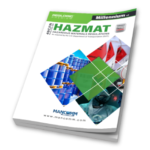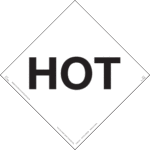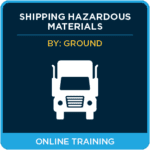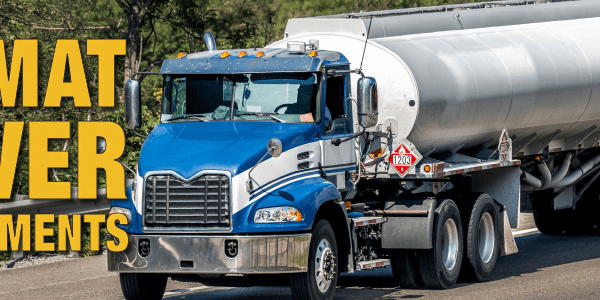On a recent helpdesk call, a customer asked me if there was a list of differences between the US 49 CFR and Canada’s Transportation of Dangerous Goods Regulations (TDG). The short answer was no. After thinking about it, I thought that would make a good blog topic. So here goes.
Generally, when a shipment is made from the US to Canada or vice-versa, reciprocity will apply. Reciprocity generally covers classification, marking and labeling, placarding, shipping papers, packaging, and training requirements.
For shipments from the USA to Canada, refer to 49 CFR 171.12, 171.22, and 171.23. For shipments from Canada to the USA, refer to the TDG regulations Parts 2,5,7,9,10,11, and 12.
Outlined below are SOME of the differences between the two regulations:
“NA” numbers: “NA” stands for North America, but they are only used in the USA. “NA” numbers cannot be used outside of the USA, therefore cannot be used to send a shipment to Canada.
Any valid shipping description may be used to ship to Canada, unless there is a “D” symbol, meaning domestic only in the USA. In this case, there is always another entry that says “I,” meaning International, that should be used.
Some shipping descriptions, like Explosives in the USA, do not use packing groups. Schedule 1 of the TDG regulations designates Explosives, as well as a few other hazard classes with packing group II.
Explosives shipped in/to the USA require an EX-number which is assigned by the Associate Administrator of the DOT. In Canada, the explosive must be approved under the Explosives Act.
Toxic gases in the USA have a different label/placard to designate inhalation hazard. Refer to 49 CFR 171.23(b)(10) for provisions for shipping from Canada to the USA.
The USA regulates class 3, flammable liquids to 93.3°C. Combustible materials, as they are called, have a flashpoint from 60-93.3°C and are regulated only in bulk.
The USA has Hazardous Substances (RQ). They are found in 172.101, Appendix A. Canada has something called ERAP – Emergency Response Action Plan.
The TDG regulates Marine Pollutants by a list of known marine pollutants AND using the UN criteria. The 49 CFR uses a list-based system. The UN criteria is optional. This often results in a difference of transport classification between the 40CFR and other modes (TDG, IATA, and IMDG).
Elevated temperature materials have different symbols in the USA and Canada. The US marks the shipment with a square-on-point white mark with the word HOT. Canada uses a red and white thermometer.
Interested in knowing more about the differences in the regulations, and which of these differences are affected by the reciprocal arrangement? Our Shipping Hazardous Materials Transborder USA to Canada by Ground will provide a comprehensive description of the differences.
Stay up to date and sign up for our newsletter!
We have all the products, services and training you need to ensure your staff is properly trained and informed.
 US 49 CFR Publications |
 Hot, Removable Self-Stick Vinyl, Placard |
 Shipping Hazardous Materials Transborder USA to Canada by Ground – Online Training |







 ICC USA
ICC USA ICC Canada
ICC Canada